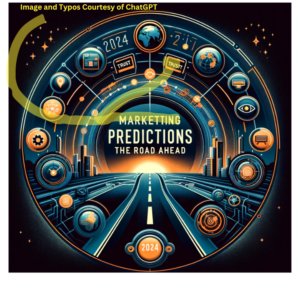The other day I took my kids out to get some ice cream. We were driving to the ice cream shop and, as we approached, saw a sign above the store that said “Retail space for rent.” It seemed that the store was out of business. Looking more closely though we could see that the store was in fact open and went in. After some rocky road and dulce de leche gelato, my mind turned back to the sign outside. I told the store owner about our impression that his store was closed and he replied “yeah, the sign is for the store next to ours. They’re leasing out their space and put their sign above ours. We didn’t like that but business has been steady, so we’re ok.”
Those words echoed in my mind – “business has been steady” and three observations came to me:
- The store owner only sees customers that come in, not the ones that don’t due to this sign.
- He doesn’t know the business he’s losing.
- He’s content with what he has, and not knowing what he does not know.
I don’t want to be an alarmist and say this is a recipe for disaster. However, this is what I call data complacency: not asking any questions and being content with only the data right in front of you. Successful marketers need to proactively chase data and find out what we don’t know. We need to arm ourselves with intelligence to make more informed decisions. This does not imply we should boil the ocean with data collection. But we do have to ask the tough questions and remove obstacles that get in our way, because information as usual leads to business as usual. And the status quo is often a dangerous place to be in competitive markets.
This week I’ll be giving a webinar on marketing automation and some of my points are: [su_list icon=”https://boundlessmarkets.com/wp-content/uploads/2013/12/bullet_check_orange.png”]
- What you get out of marketing is largely a function of the quality of data that goes into it. Tailoring messages, content and offers to an audience segment is a data-driven drill. No data, no targeting.
- Marketers should begin their planning with a data audit—a structured process that takes stock of the available data on-hand and identify the gaps that exist. Some gaps may be acceptable, others not.
- You should make an informed decision on what data gaps are ok and which ones you want to fill. If you don’t know where you are losing prospects in the buying funnel, for example, that’s not an acceptable gap. It needs to be filled.
- To fill data gaps, you need a plan. Which data? What are the sources? What tools can support data collection? What are the next steps?
[/su_list]
To sum it up:
- Avoid data complacency.
- Know what you don’t know.
- Sell more ice cream.



